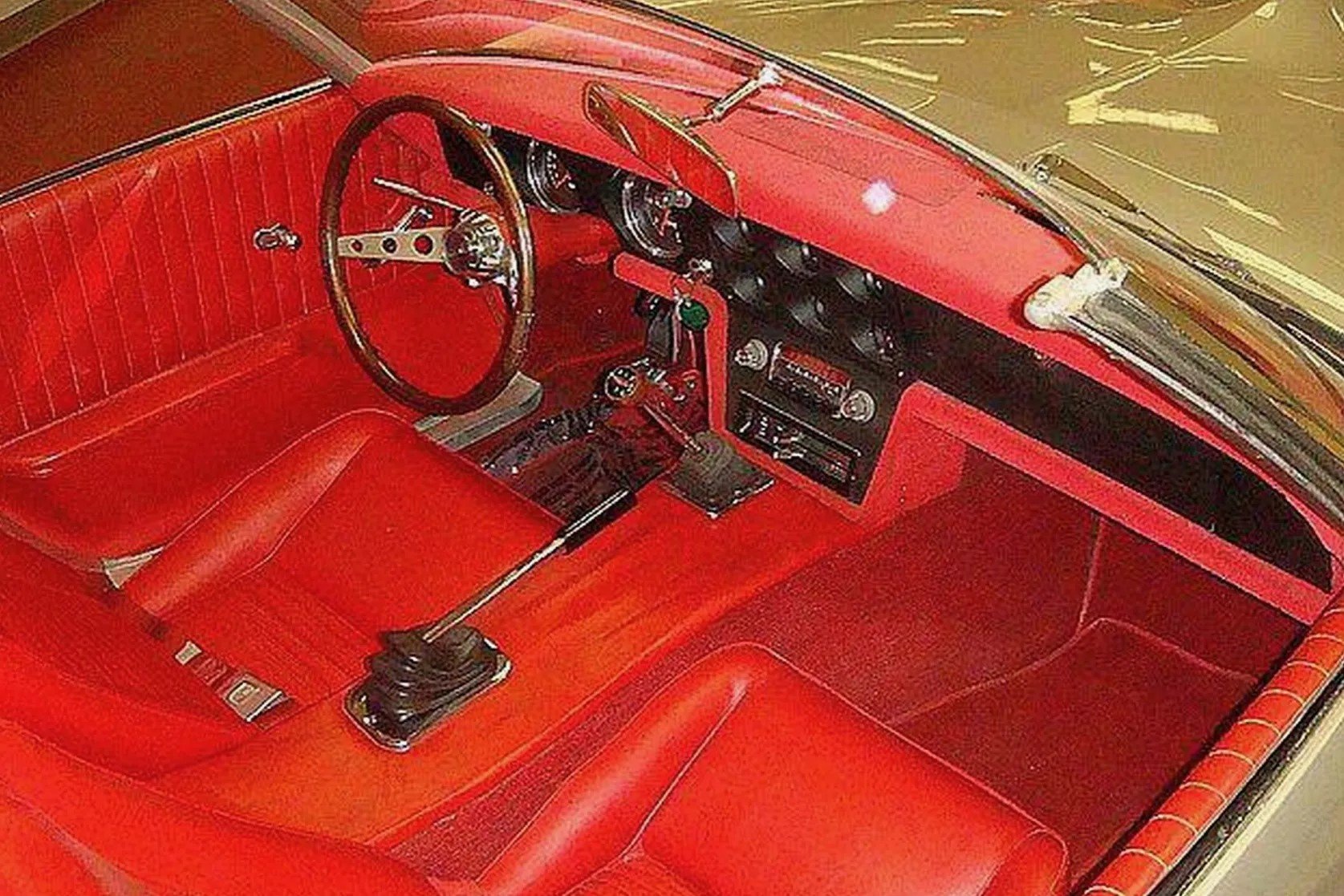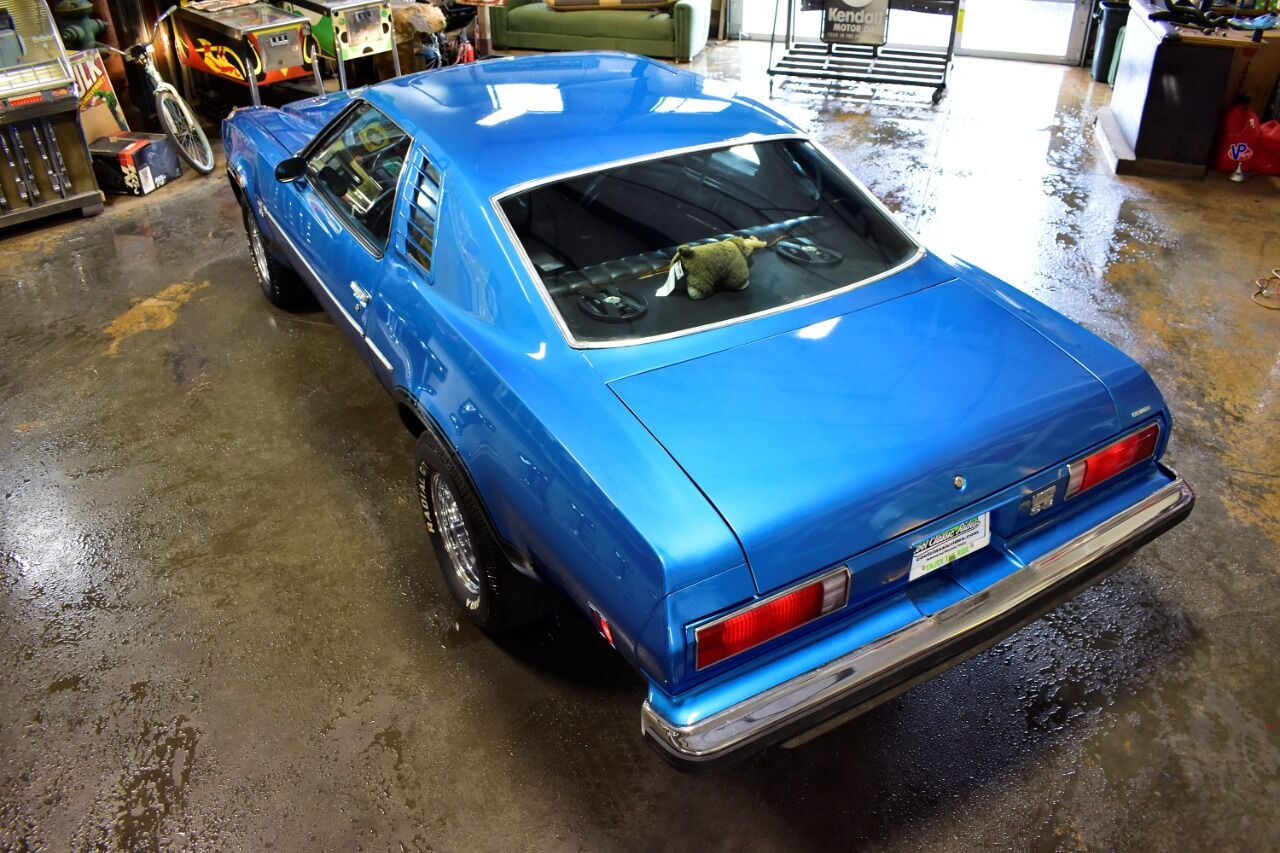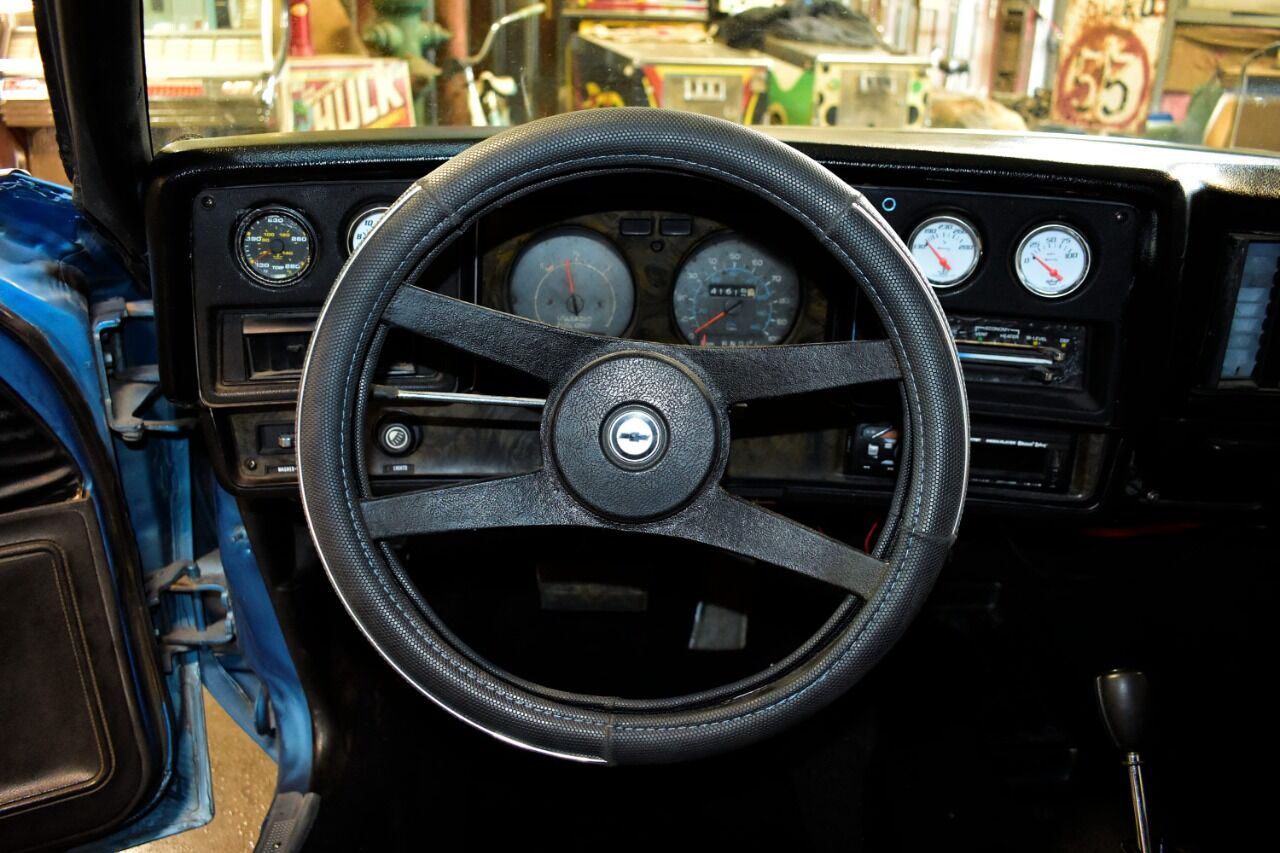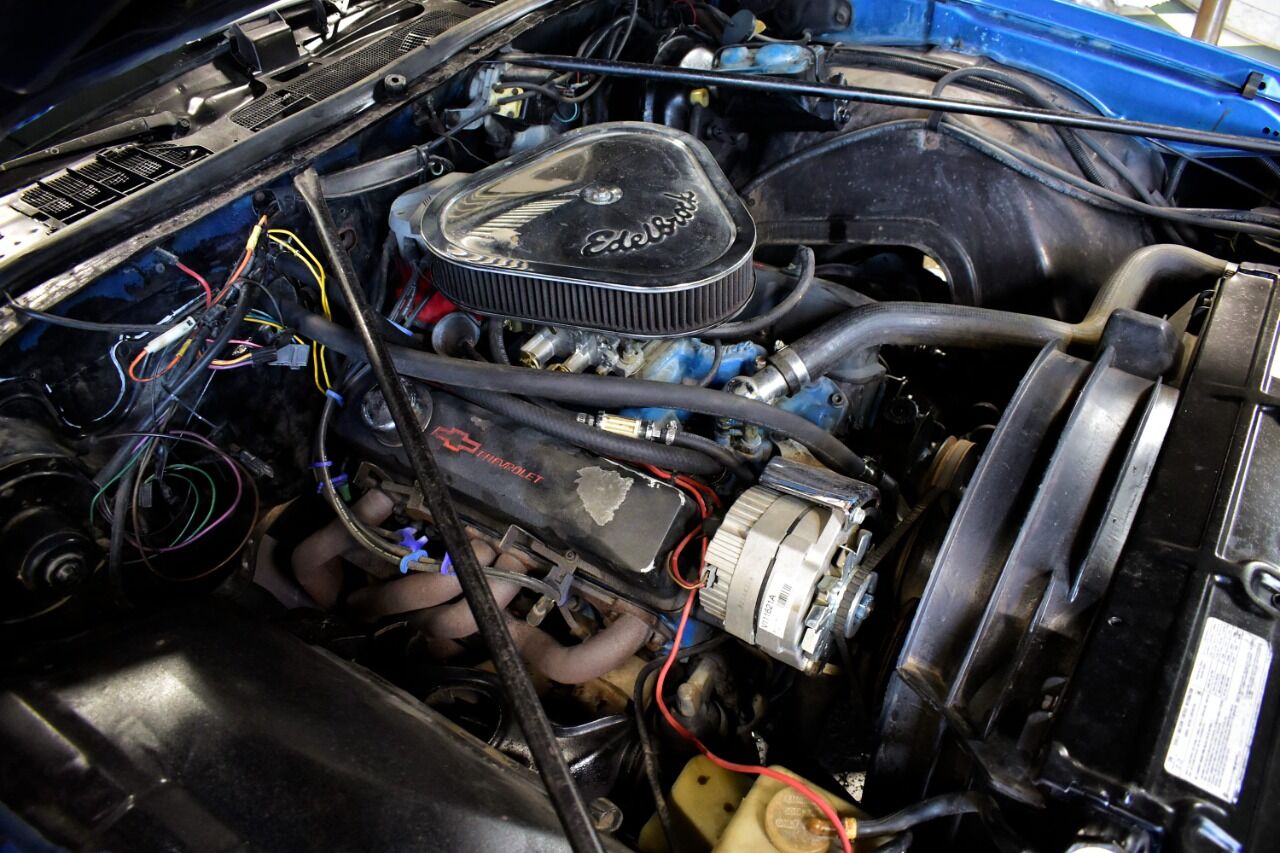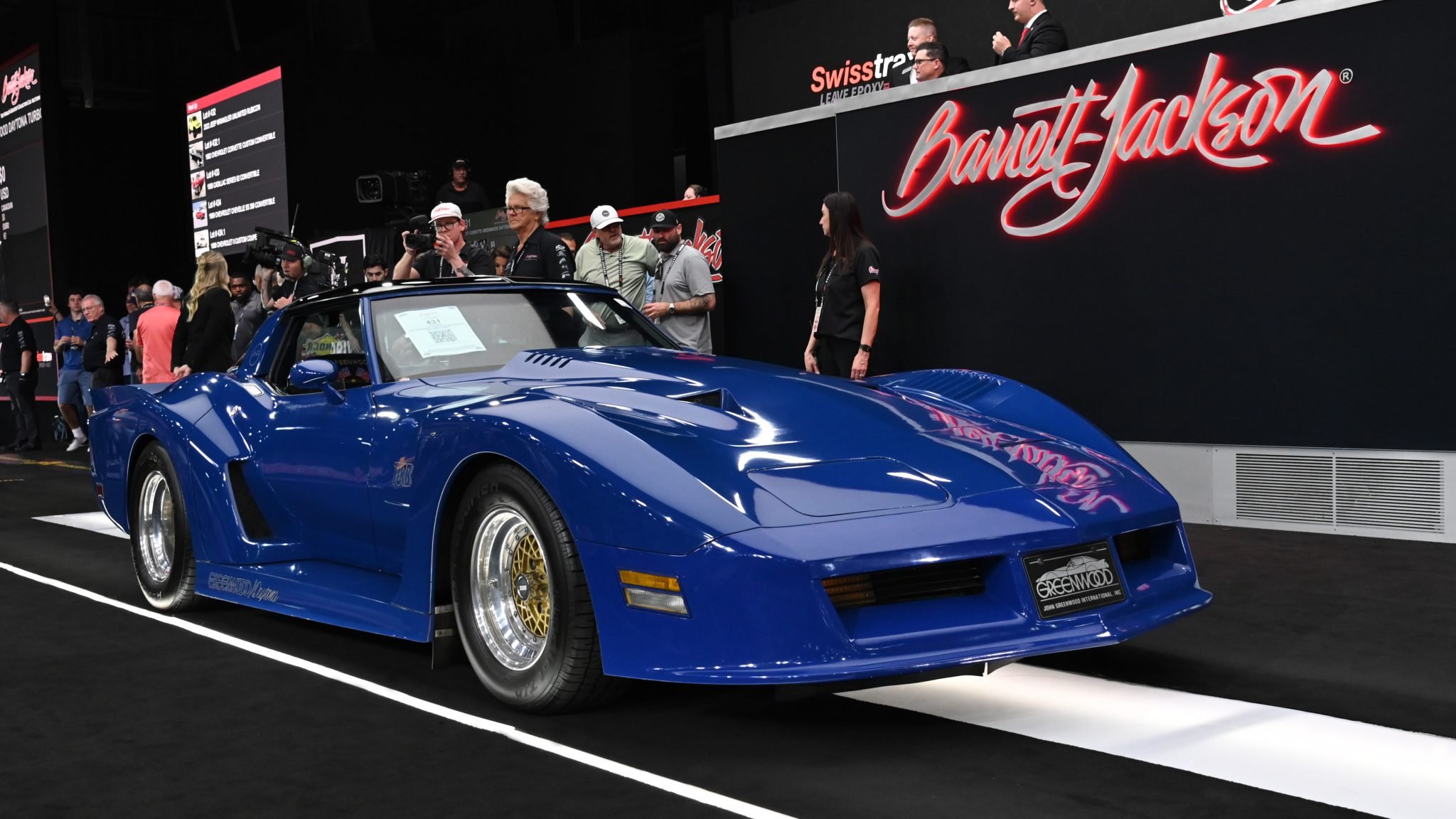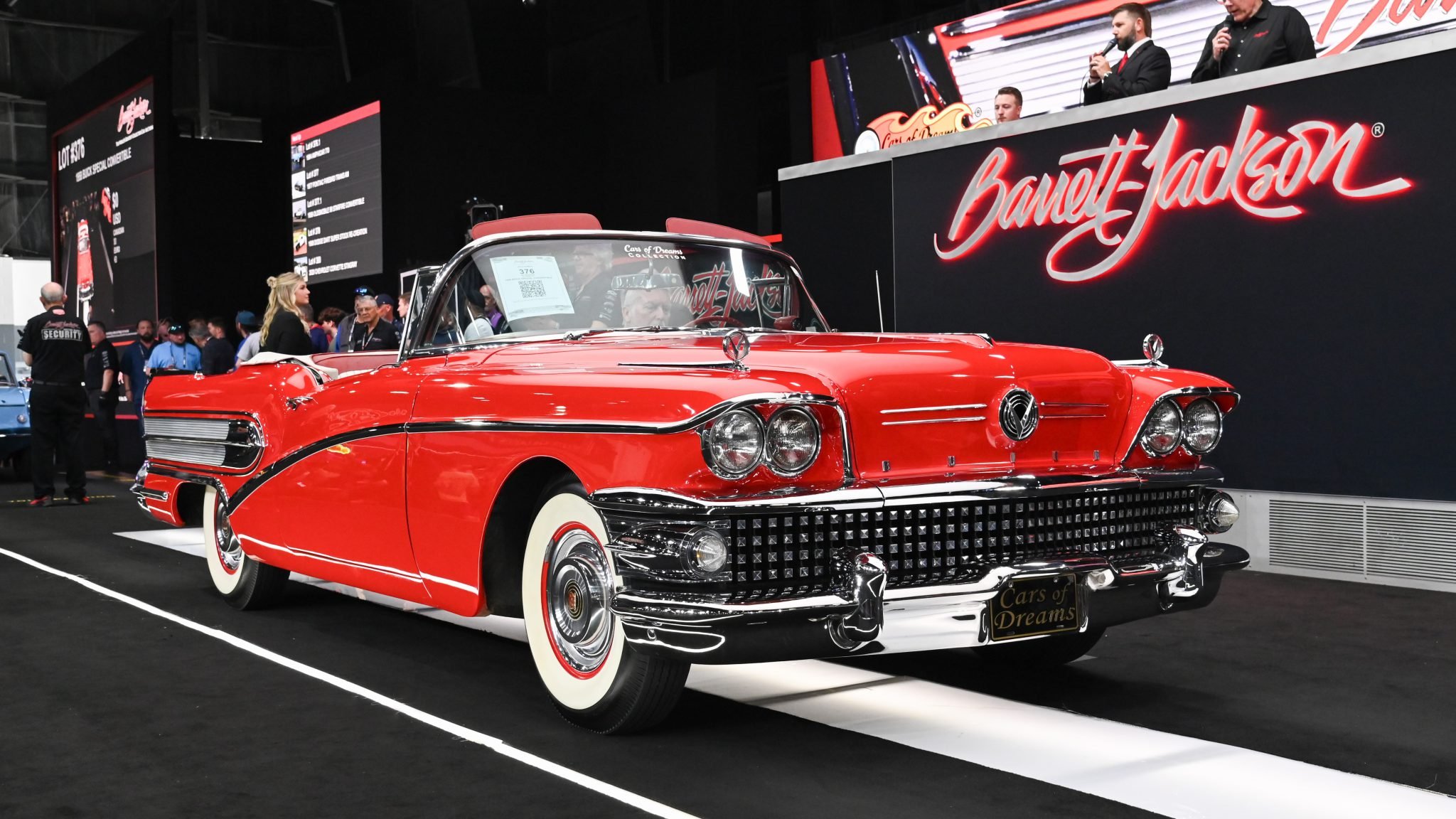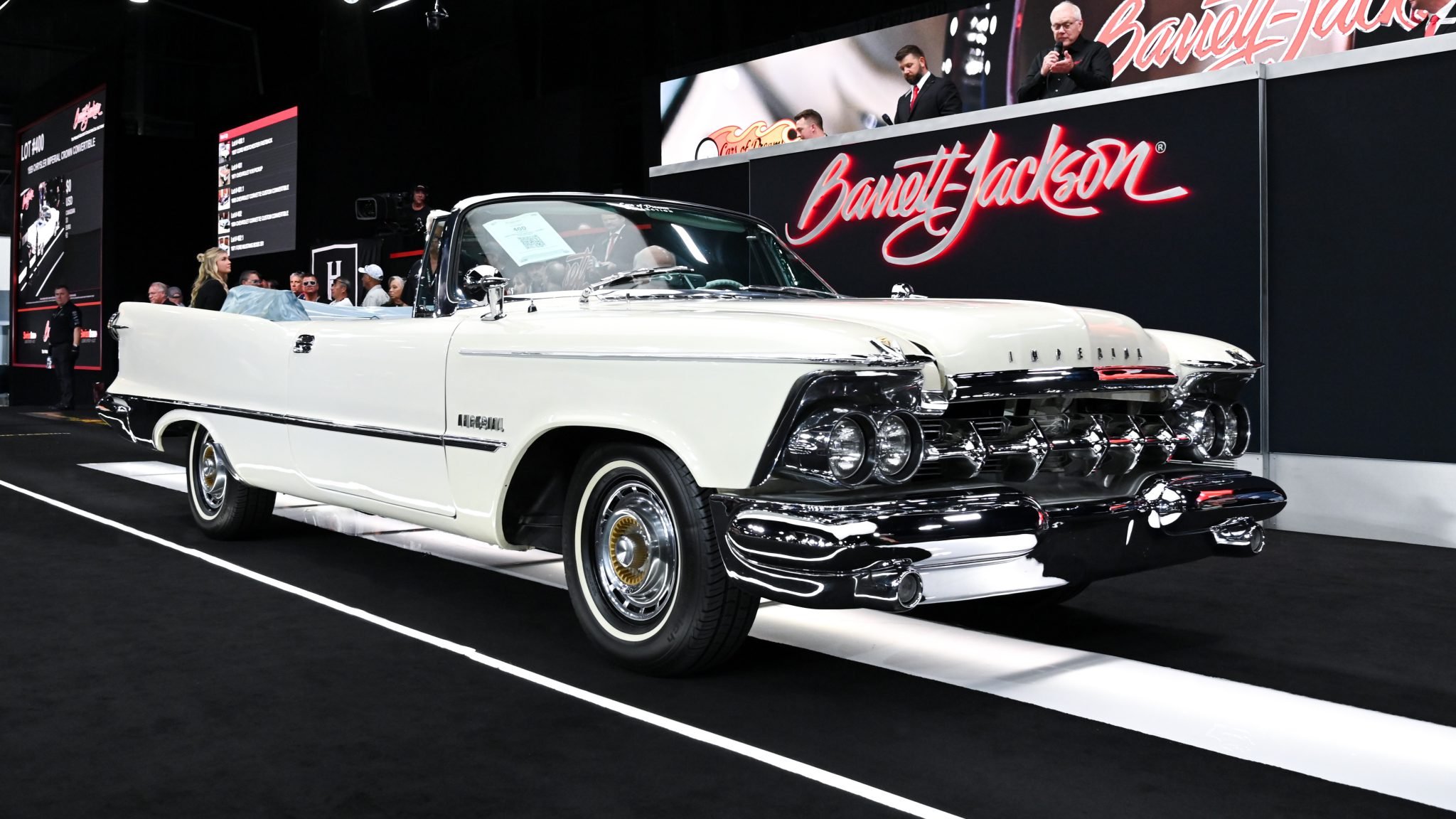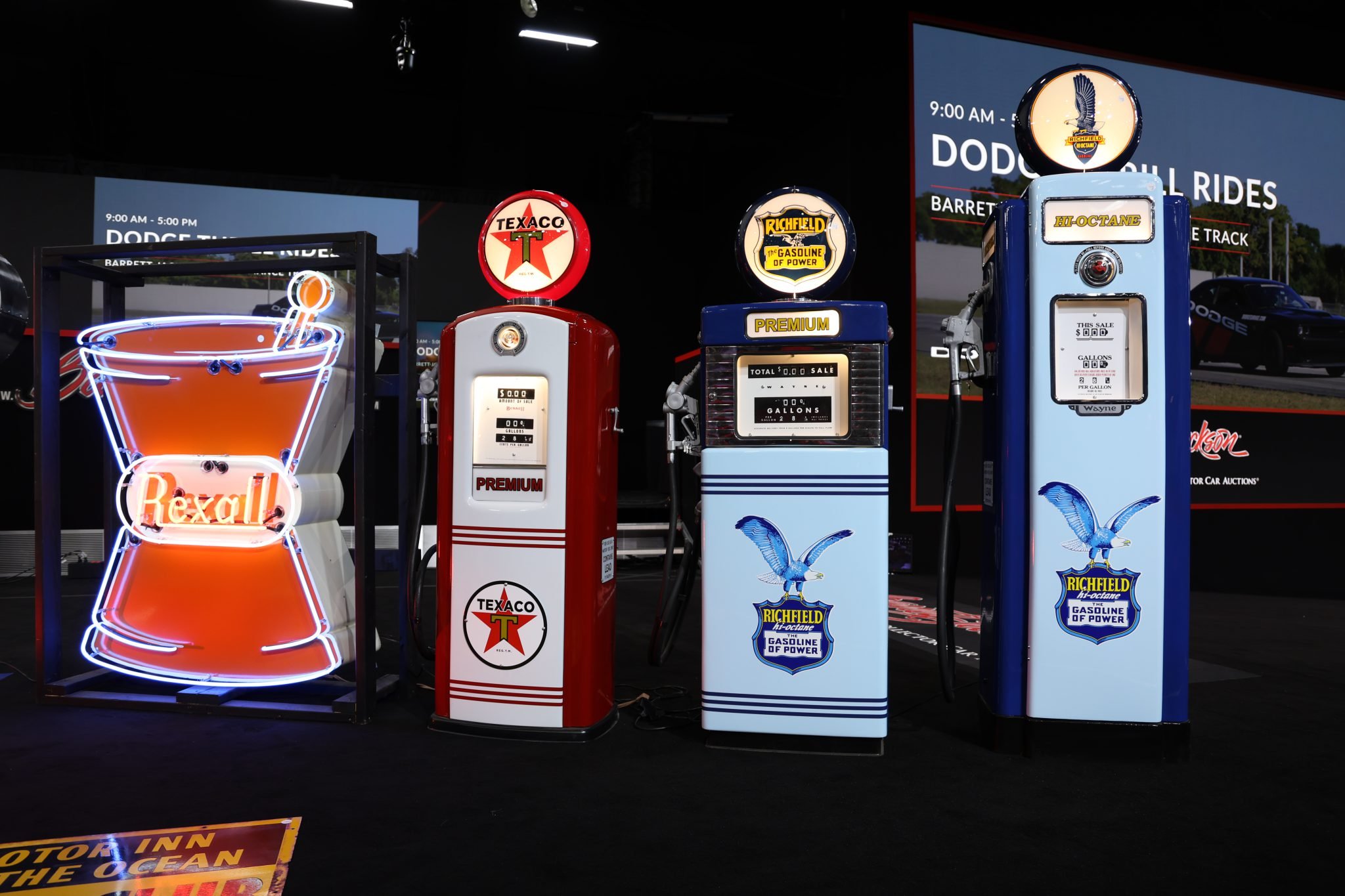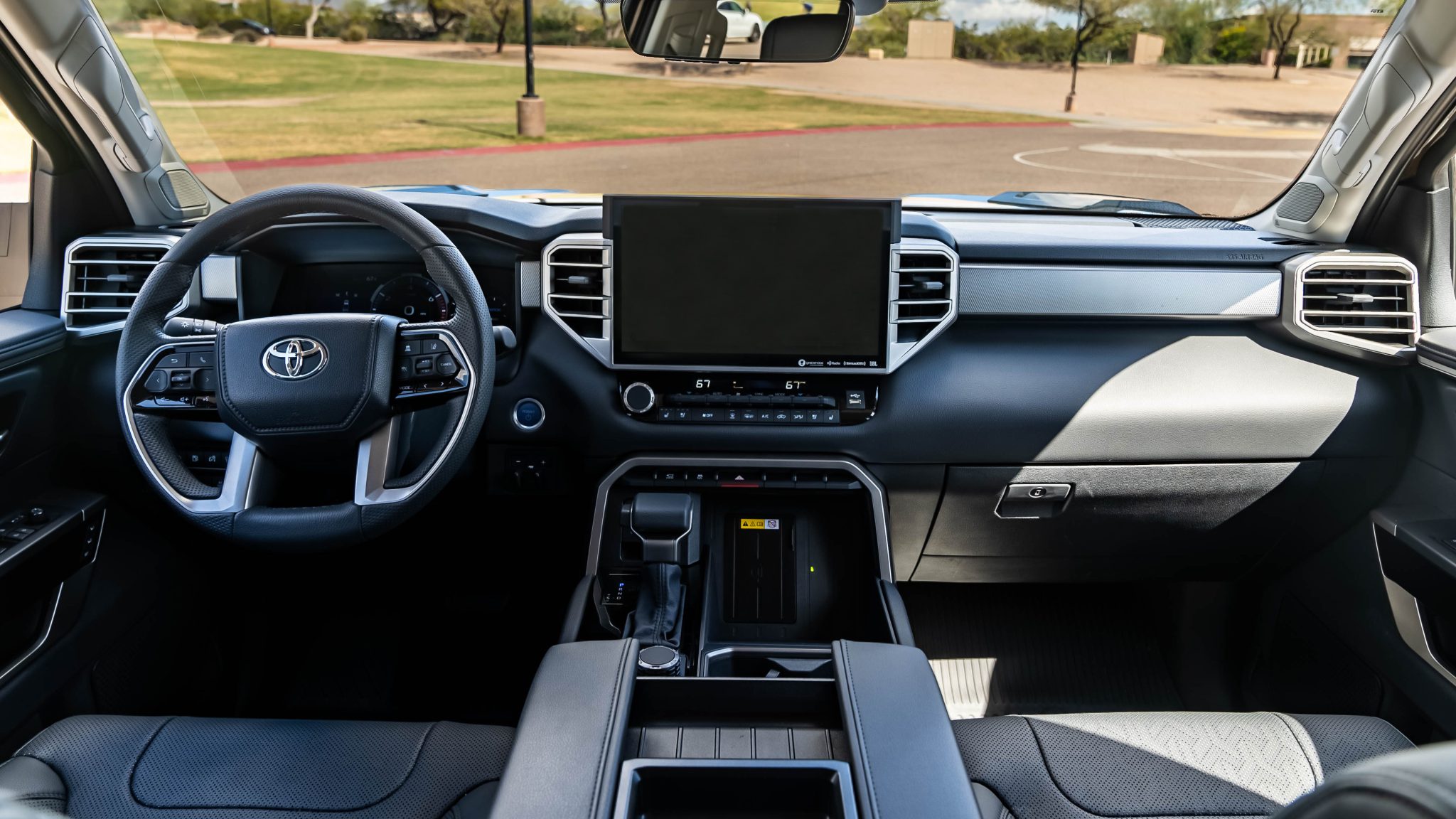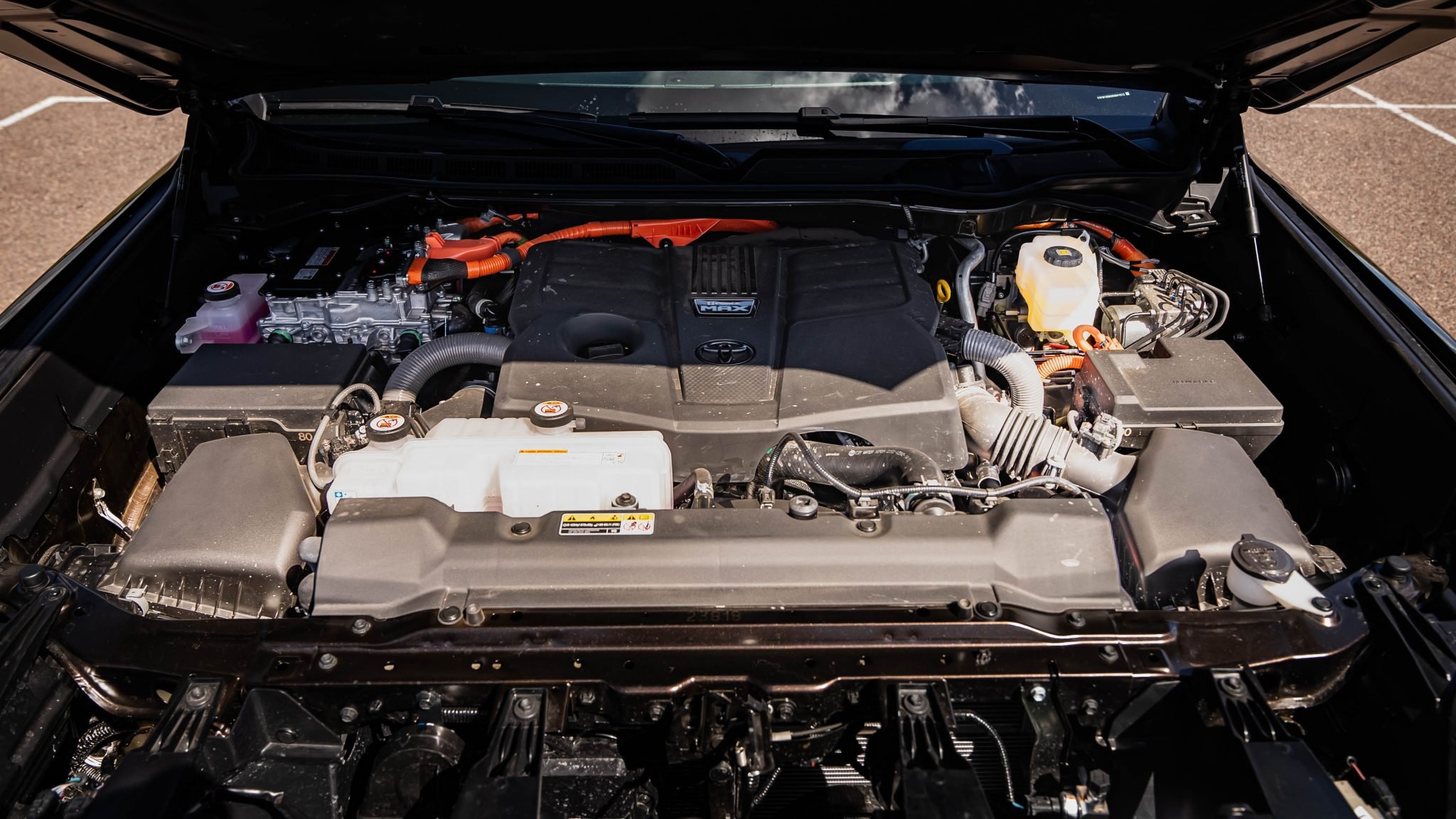This single-seat speedster was built by the seller, Bennetts Customs of Dunsborough, Western Australia, utilizing a custom-fabricated body mounted to a modified Ford Model A frame. Dubbed the “Midnight Special,” the car is powered by a 21-stud flathead V8 equipped with a Holley 94-style carburetor and backed by a three-speed manual transmission. A brass windscreen and polished louvers accent the maroon exterior, and other highlights of the build include a drilled front axle, cowl steering, Smith friction dampers, split wishbones, 21” wire wheels, and side-mounted exhaust. The build was documented on the seller’s YouTube channel leading up to the car’s debut at the 2022 Red Dust Revival held at Lake Perkolilli. This boat-tail speedster is now offered on a bill of sale in Perth, Australia.
The open-cockpit steel body is finished in maroon and incorporates a modified Ford Anglia grille surround, a narrowed cowl from a Graham, and a fuel door and rear fender sections from a 1947 Mercury. A trio of sand-formed, nickel-plated exhaust pipes extend along either side of the car and have flared tips. The hood and rocker panels were formed from aluminum sheet and feature polished louvers. Other exterior details include a brass windscreen, brass mesh grille inserts, and hand-painted gold lettering and numerals.
Black-finished 21” wire wheels are mounted with 4.50” front and 5.25” rear Lucas tires. The car rides on a boxed steel frame constructed using a rear crossmember and side rails sourced from a Ford Model A. The cowl steering system incorporates a double-bend drag link, and braking is handled by rear-wheel drums.
The front axle and suspension arms have been drilled, and other components include Smith friction dampers, split wishbones, and transverse leaf springs.
The cockpit features a single bomber-style seat trimmed in dark green upholstery that carries over to the side panels. The central shifter is topped with a brass knob, and the linkage and transmission are exposed.
The wood-rimmed steering wheel sits ahead of an engine-turned panel housing toggle switches for the ignition and electric fuel pump. The car is not equipped with an odometer.
An aluminum oxygen tank sourced from a military aircraft was modified to serve as the fuel tank, and it is mounted behind the driver.
The 21-stud Ford flathead V8 was rebuilt and painted dark green prior to installation, and it is equipped with a Holley 94-style carburetor, an aluminum radiator, and a Stewart-Warner combination gauge mounted in the engine compartment showing coolant temperature and oil pressure. Power is sent to the rear wheels through a three-speed manual transmission sourced from a 1939 Ford, a shortened torque tube, and a Model A rear axle with 3.54:1 gearing.
Photos taken at various stages of the build are presented in the gallery.
The car is not legal for road use, has not been registered for the street, and carries no title or registration. It is being sold on a bill of sale.
